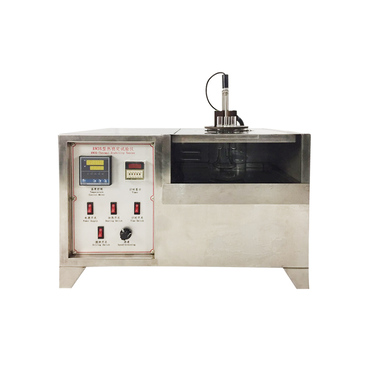Discover the Power of a Simple Tool for Limit Control and Precision
The Importance of Clamps in Various Industries
Clamps are often underestimated tools, yet they play a crucial role in countless applications across various industries. From woodworking and metalworking to construction and automotive repair, clamps secure, hold, and stabilize materials during various processes. This article explores the importance of clamps, their diverse types, and the applications that highlight their versatility and necessity.
Firstly, understanding what a clamp does is fundamental. At its core, a clamp is a device used to hold objects together tightly to prevent movement or separation. Whether it’s keeping pieces of wood together while glue dries or ensuring parts remain stationary during machining, clamps offer stability and precision that are essential for high-quality work.
Woodworking is one of the fields where clamps are especially vital. In the crafting of furniture, cabinets, or fine joinery, woodworkers rely on a variety of clamps, such as bar clamps, pipe clamps, and miter clamps. Each type serves a specific purpose; for instance, bar clamps are elongated and ideal for large workpieces, while corner clamps help achieve the perfect 90-degree angle in joints. Without these tools, creating strong, durable pieces would be significantly more challenging, if not impossible.
In metalworking, clamps also serve critical functions. Welding requires parts to be held securely in place to ensure accurate joints and prevent distortion from heat. Clamps designed for welding, such as C-clamps and toggle clamps, are designed to accommodate the unique demands of this high-heat process. Similarly, in machining operations, clamps secure workpieces on CNC machines, ensuring that precision cutting and drilling can be executed without the risk of slippage.
clamp

The construction industry extensively utilizes clamps for tasks that require stability and support. For example, during the building process, clamps are used to hold scaffolding together, ensuring the safety of workers at heights. Additionally, clamps play a vital role in concrete work, where they are used to secure forms before pouring concrete, ensuring that the mixture does not leak and that the final structure retains its intended shape.
Moreover, the automobile industry employs clamps extensively during assembly and repair. From holding body panels together to securing hoses and cables, clamps ensure that all components are fixed in place, reducing the risk of vibration or structural failure. The right clamps can enhance the overall performance and safety of vehicles, showcasing their importance in this fast-paced sector.
While the functionality of clamps is crucial, their design and material composition also play important roles. Clamps are available in various materials, including steel, aluminum, and plastic, each serving a distinct purpose based on the requirements of strength, weight, and corrosion resistance. Innovative designs, such as quick-release clamps, are also becoming increasingly popular, allowing users to adjust and secure objects swiftly, enhancing efficiency in work processes.
In conclusion, clamps are indispensable tools that facilitate a wide range of tasks across multiple industries. Their ability to securely hold materials in place is essential for achieving quality and precision in work, whether in woodworking, metalworking, construction, or automotive applications. As technology advances and the demands of various industries evolve, the design and functionality of clamps will continue to improve, reaffirming their significance in both everyday tasks and specialized operations. Acknowledging the humble clamp’s vital role can lead to a greater appreciation for the craftsmanship and engineering behind countless products we take for granted every day.
-
Why the Conductor Resistance Constant Temperature Measurement Machine Redefines Precision
NewsJun.20,2025
-
Reliable Testing Starts Here: Why the High Insulation Resistance Measuring Instrument Is a Must-Have
NewsJun.20,2025
-
Flexible Cable Flexing Test Equipment: The Precision Standard for Cable Durability and Performance Testing
NewsJun.20,2025
-
Digital Measurement Projector: Precision Visualization for Modern Manufacturing
NewsJun.20,2025
-
Computer Control Electronic Tensile Tester: Precision and Power for the Modern Metal Industry
NewsJun.20,2025
-
Cable Spark Tester: Your Ultimate Insulation Assurance for Wire and Cable Testing
NewsJun.20,2025
 Copyright © 2025 Hebei Fangyuan Instrument & Equipment Co.,Ltd. All Rights Reserved. Sitemap | Privacy Policy
Copyright © 2025 Hebei Fangyuan Instrument & Equipment Co.,Ltd. All Rights Reserved. Sitemap | Privacy Policy
